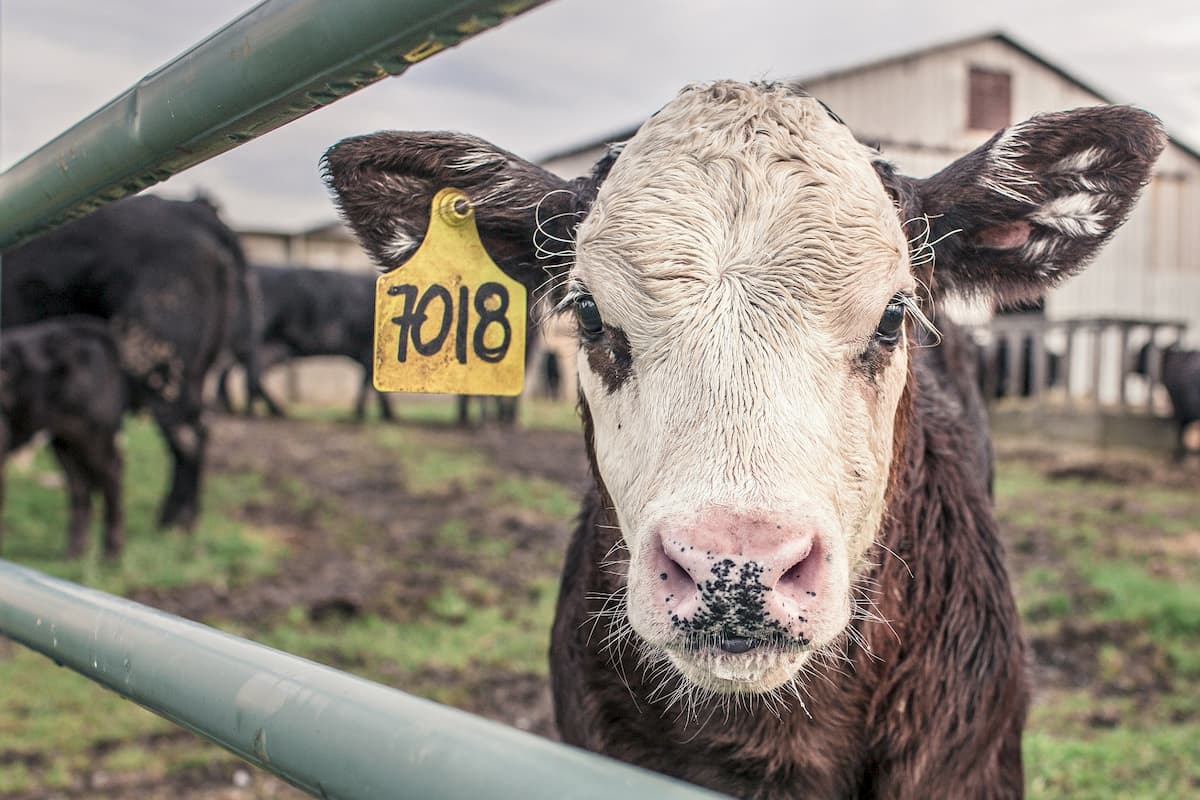
Many people today are choosing to go vegetarian or even vegan either for health reasons or conscientious reasons. Did you know that there’s another reason that people may start eating less meat or no meat at all? That reason is to help combat climate change.
You may wonder how meat correlates to climate change, but the answer is quite simple when you break it down. Our food system on Earth amounts to the third largest contributor of greenhouse gas emissions — a whopping chunk of greenhouse gasses. To compare, transportation (cars, trucks, and buses) amount for about 15%, while electricity and heat contribute about 30%. Agriculture livestock contributes about 15.5% yearly. What gives? How is that possible?
Let’s break it down. What do you need to raise and slaughter livestock for human consumption?
- Housing facilities for your livestock
- Heating/cooling to keep your livestock healthy
- Room to roam and stretch out
- Feed for your livestock
- Vet visits and checkups for your livestock
- Any necessary vaccinations or medications to help keep your livestock healthy and happy
- Transportation to and from any fairs, sales areas, or veterinarians
- End-of-life slaughter equipment and facilities (if you are butchering yourself)
This means months or even years of care for your livestock to get an optimal end meat product. You’ll be using electricity to heat and cool your livestock, and fuels to get your livestock around, culminating in finally the end stage where the animal can finally be consumed. Chances are you’re not just relying on one cow or one chicken. You may have many animals that will mature at different times, which helps to keep income flowing.
Still, electrical consumption and greenhouse gas emissions don’t come just from those parameters. Also consider the time and effort put into growing the food specifically made for your livestock, which is contributing to greenhouse gas emissions.
On top of all of this, there’s also the unfortunate consideration of land. A good cattle ranching livestock farmer understands that cows (and all livestock) do need areas to roam and graze. Unfortunately, a vast amount of animals can quickly decimate a field and consume all greenery/grasses in that field. Many farmers are used to rotating their animals throughout pastures, but some companies simply create more land by deforestation — allowing them more land to pen more animals. The beef industry has been attributed to rainforest shrinkage.
The reality is that meat, and beef in particular, is one of the most ineffective ways of efficiently cultivating food. One pound of beef is responsible for the emissions of the same amount of carbon dioxide into our atmosphere as driving 63 miles in a car. By comparison, a pound of potatoes has the same amount of CO2 car emissions as a 7 mile trip.
All in all, eating less meat or no meat at all can overall help our already strained environment.

What do you think? Knowing what you know now about meat production and its impact on the environment, would you eat less meat? Let us know in the comments below!


